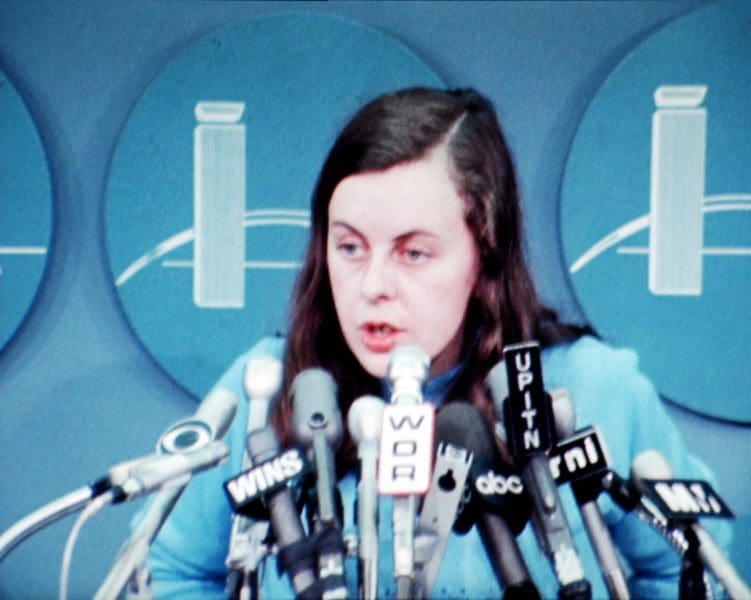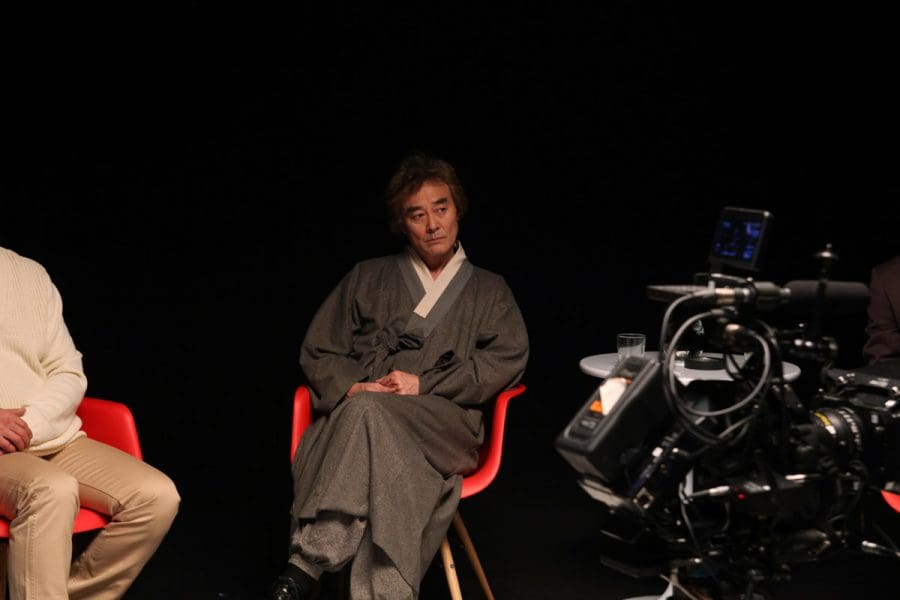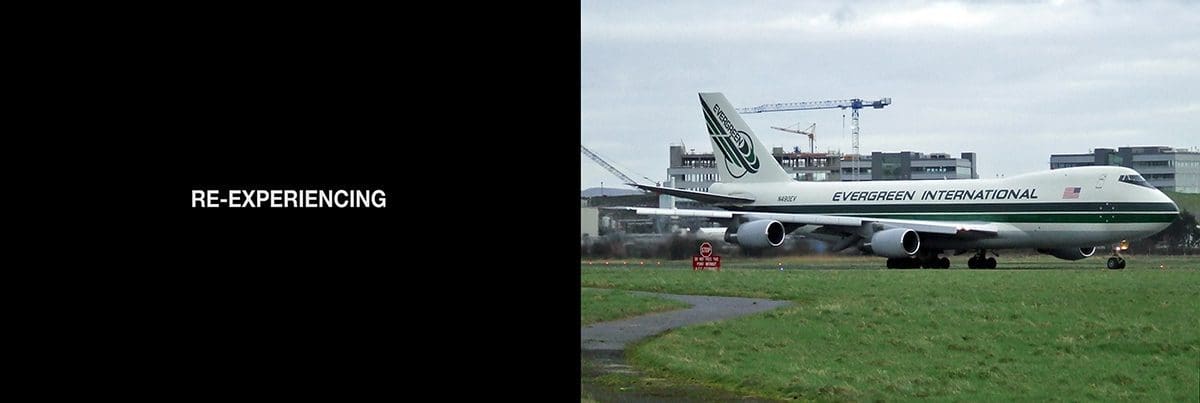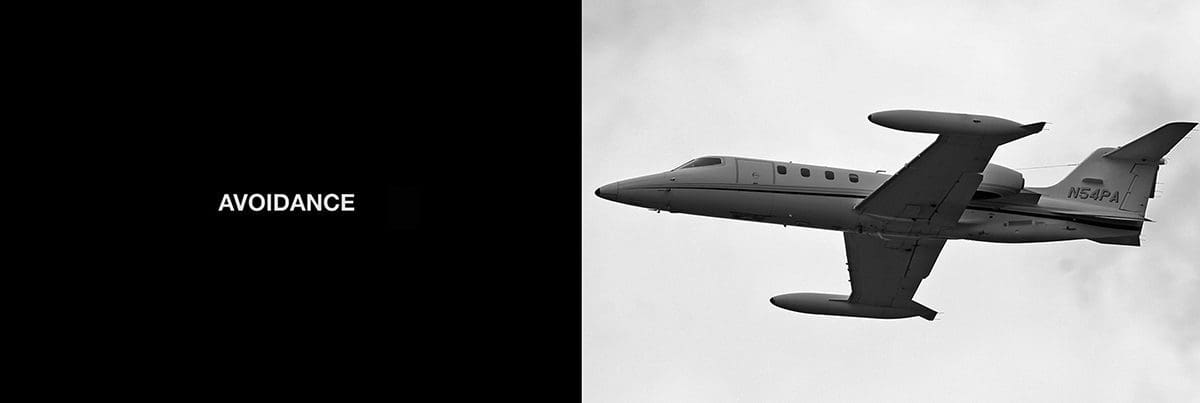
Making Space at the Table
NAP Contemporary’s group show, The Elephant Table, platforms six artists and voices—creating chaos, connection and conversation.








If a Nation State is positioned as neutral in international relations terminology, how, why and in what form does one act radically within that state? That’s the question posed by Radical Actions, an exhibition featuring five Irish artists unthreading such themes.
As in Ireland, which this year is commemorating the 100th anniversary of the 1916 Easter Rising (also known as the Easter Rebellion) in which the Irish gained independence from Great Britain. Curator Linda Shevlin states that while artists draw from a range of political backgrounds and motivations, “none of them directly associate their work with this particular event. These artworks can open up conversations around activism and give us a sense of where we situate ourselves within our international identity.” The exhibition looks at the past to imagine how the events of 1916 have permeated through to the present. Some works antagonise these histories in addressing the current social and political moment, and others dream alternative futures.
Seamus Nolan, for example, posits a presidential campaign for one William Delaney, a 13 year old who died while in institutionalised state care in 1970, for whom justice has only just been sought. Nolan deals with heavy subject matter: institutionalised abuse, the brutality of architecture, and the ways in which these crimes, when swept under the proverbial rug, can equally brutalise a nation’s psyche. Nolan’s project is equally about acknowledgement and commemoration. It presented through a campaign booklet and associated political paraphernalia: a campaign film, badges and banners.

Kennedy Brown (the collaborative practice of Gareth Kennedy and Sarah Browne) presents The Special Relationship, 2011-2013. The title is a nod to the term referring to the military relationship between the UK and US. There are many layers to this multidisciplinary work, but one part features a slideshow (with voice-over) of pictures taken at an Irish airport, which at the time, was being used by American military aircraft to refuel, stopover and transfer personnel. The work calls into question the power structures inherent in international relations and how they tie in with national identities. As Shevlin says, it “deals with Ireland’s very loose interpretation of apparent neutrality, but after 9-11, this was slightly relaxed.”
Duncan Campbell’s film, Bernadette, 2008, will also screen during the exhibition. It is a portrayal of socialist republican Bernadette Devlin McAliskey in which the artist has mined archives to look at her role as a female, Irish dissident. The Other North, 2013, made when the artist Jesse Jones was working between South Korea and the Korean Demilitarised Zone (DMZ), examines the concept of borders and draws parallels with such lines of division in Ireland.
Together, Radical Actions is bringing to the surface what has been bubbling underneath over the past 100 years. In an age in which identities are in flux, Shevlin seeks to create ties that both acknowledge difference and express unity. Revolution can take a day, or it can take 100 years. But its echoes are always felt. Perhaps the radical is in the rethinking.
Radical Actions
RMIT Gallery, City campus
9 September – 22 October